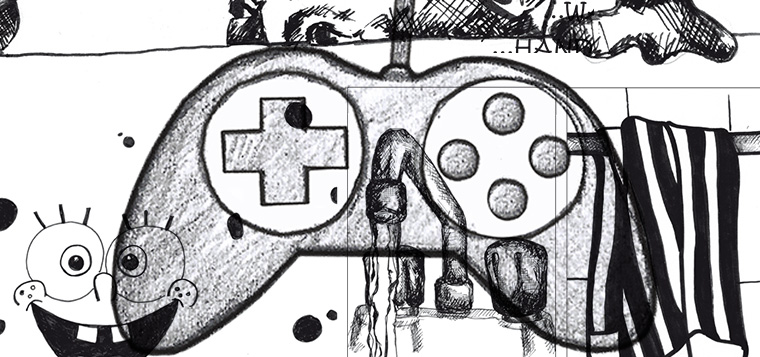Gamification is a new trend which has its roots far back in history. Over the centuries, the role of games in teaching children was very important. This process had a plethora of forms, but it is hard to imagine that its essence will change. The term “gamification” first appeared in 2002. The authorship belongs to Nick Pelling – a British-born computer programmer and inventor. But what is gamification actually? It is the use of design techniques, game mechanics, and other attributes in non-game contexts in order to drive game-like player behavior. Besides mechanics and design techniques, the other game attributes include gaming psychology, scripts and storytelling, social activities and other aspects of games. In their turn, social activities consist of public statuses, titles, leaderboards and other similar stuff. The term “non-game contexts” includes education, customer engagement, work, volunteerism, fitness and health, community participation, E-Commerce, etc. In its turn “game-like player behavior” implies such things as interaction, engagement, competition, learning, collaboration, addiction, awareness, etc.

Continue Reading

